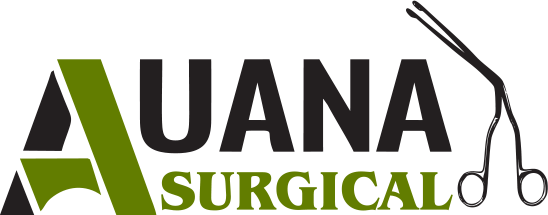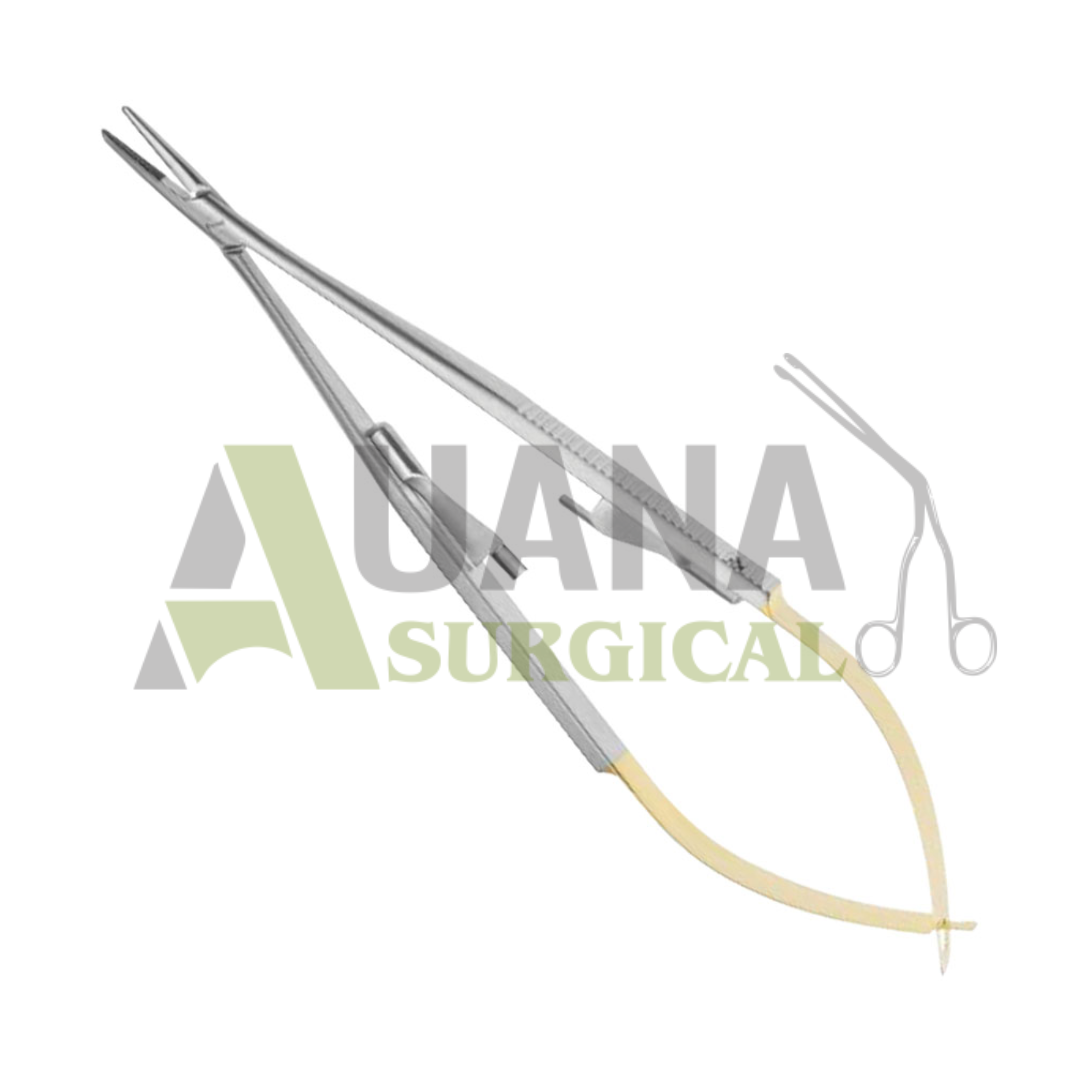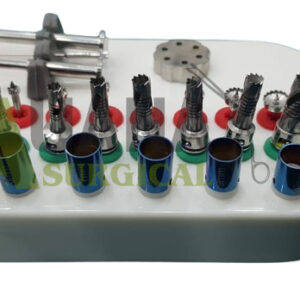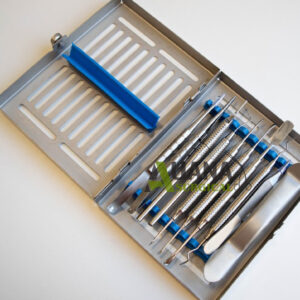Description
Auana Surgical Industries Needle Holders – Precision and Control for Every Procedure
Auana Surgical Industries proudly presents its range of high-quality needle holders, essential instruments for any medical professional. These tools are designed for precision, safety, and comfort, whether performing sutures, holding syringes, or managing delicate procedures. From standard to micro needle holders, our instruments meet the highest standards for surgical accuracy and reliability.
Key Features of Needle Holders
-
Precision and Control: Needle holders allow surgeons to securely hold and manipulate needles, ensuring accurate suturing and minimizing tissue trauma.
-
Durable Construction: Crafted from premium stainless steel or titanium, these instruments offer long-lasting durability and corrosion resistance.
-
Ergonomic Design: Handles are contoured to reduce hand fatigue during long procedures, providing optimal grip and control.
-
Versatility: Suitable for a wide range of procedures, including general surgery, cardiovascular, ophthalmic, orthopedic, and neurosurgery.
-
Sterility Compliance: Fully autoclavable, these instruments maintain performance and hygiene after repeated sterilizations.
Types of Needle Holders
-
Mayo-Hegar Needle Holder: Ideal for general suturing, featuring a ratchet mechanism for precise needle control.
-
Crile-Wood Needle Holder: Commonly used in cardiovascular surgery, with serrated jaws for delicate tissue handling.
-
Micro Needle Holders: Designed for delicate procedures with very small needles, offering fine tips, ratchets for adjustable tension, and secure locking mechanisms.
-
Titanium Needle Holders: Lightweight yet durable, perfect for prolonged procedures.
-
Stainless Steel Needle Holders: Strong and cost-effective, suitable for most surgical needs.
Micro Needle Holders – Castro Viejo 14.0cm, Straight
Our Micro Needle Holders, such as the Castroviejo 14.0cm straight model, are essential for microsurgery, ophthalmic, and cosmetic procedures. Designed for precision, these holders feature:
-
Serrated or smooth jaws for secure needle grip
-
Adjustable ratchet mechanism for optimal tension
-
Lightweight design to reduce hand fatigue
-
Durable stainless steel or titanium construction
Micro needle holders provide unparalleled control for delicate suturing and ensure safer, more accurate procedures.
Conclusion
Auana Surgical Industries Needle Holders combine precision, durability, and ergonomic design, making them indispensable for both general and micro surgeries. From standard Mayo-Hegar and Crile-Wood models to advanced micro needle holders like the Castroviejo, our instruments are trusted by surgeons worldwide for safe and efficient procedures. Invest in quality, and ensure every stitch is placed with confidence.
MICRO PORTA AGUJAS CASTROVIEJO 14,0cm RECTO







Reviews
There are no reviews yet.